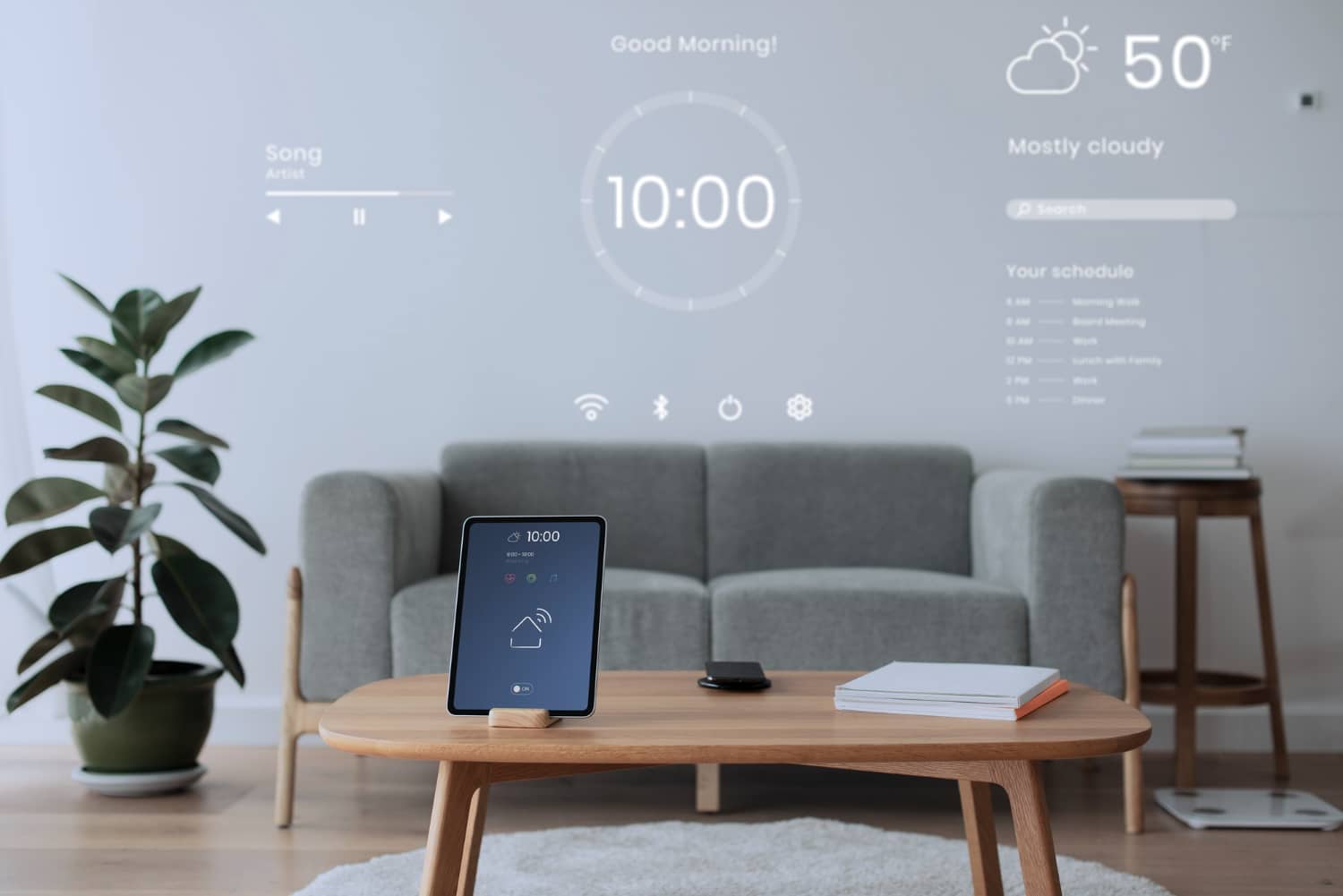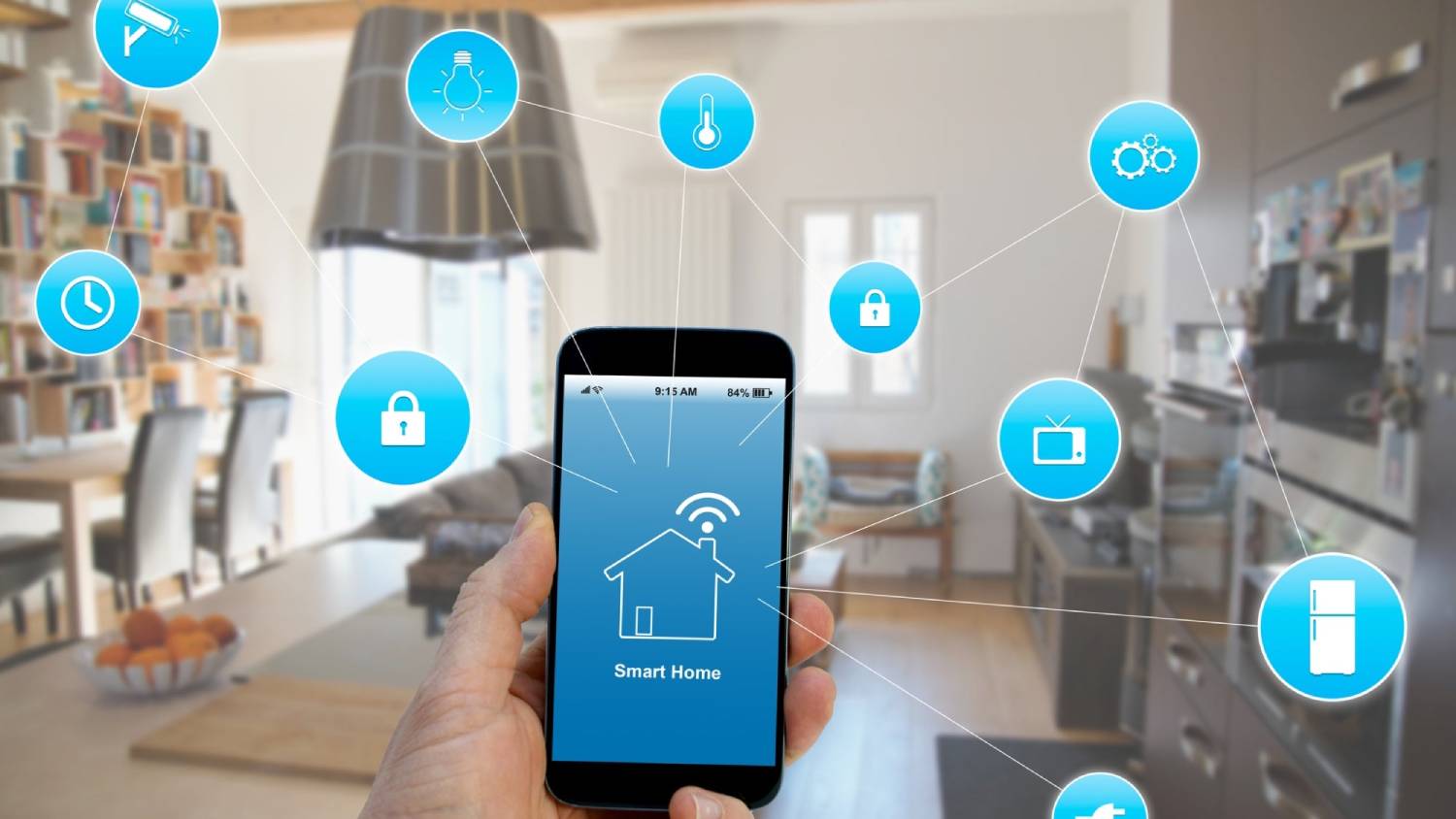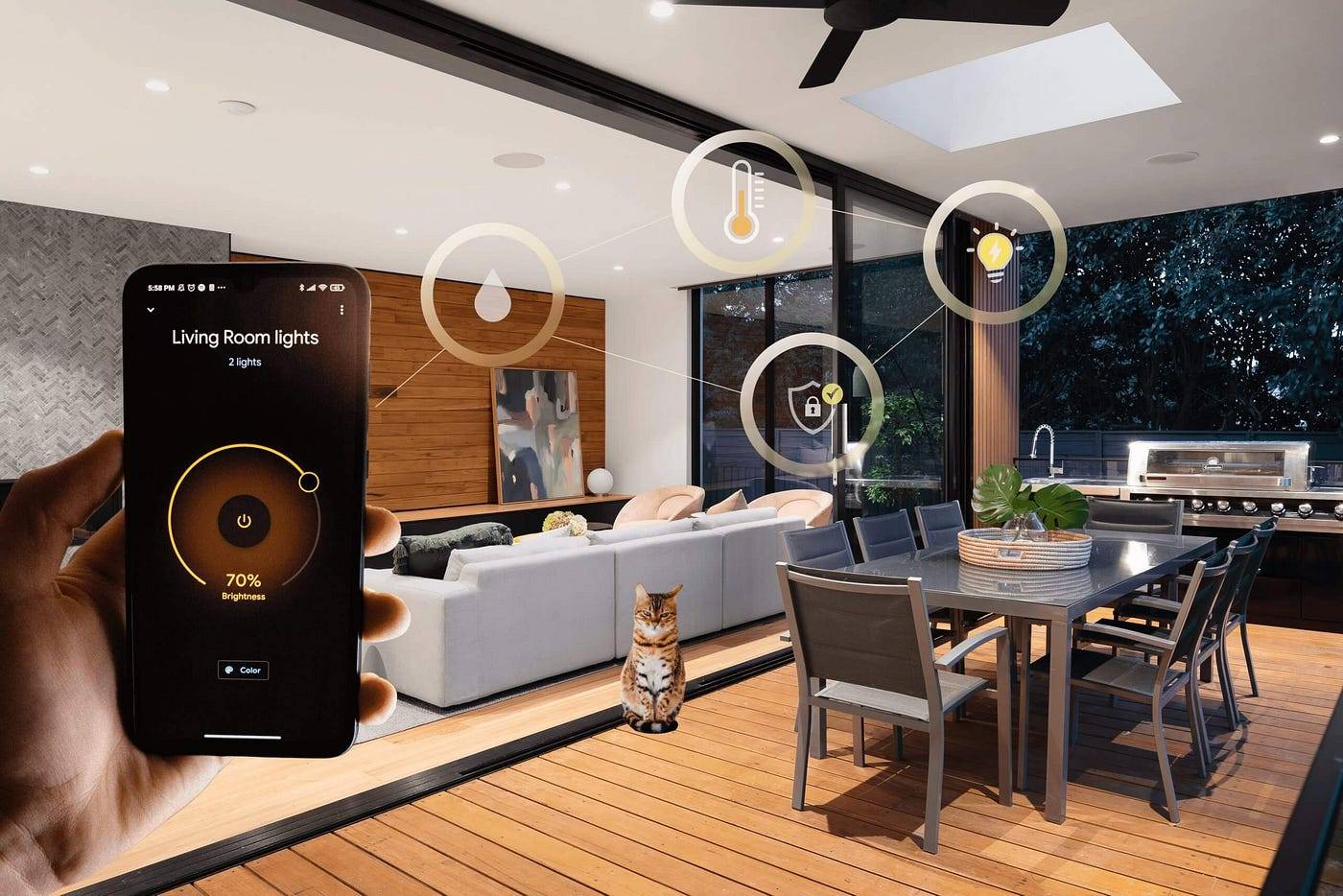
How IoT is Making Homes Smarter Than Ever
Smart homes are no longer a concept because the market evolutions have made it a reality. The Internet of Things (IoT) connects our devices to help us better manage our environments. This infusion transforms the way we engage with our dwellings, introducing convenience, efficiency, and security. But we also need to tackle IoT security challenges. In this exploration, we take a look at how IoT has changed the way we live in our homes, its advantages and the security challenges we face.
Key Benefits of IoT in Homes

Enhanced Convenience and Automation
IoT offers significant convenience and automation. Imagine waking up to coffee brewing, the thermostat at the perfect temperature, and blinds opening—all without moving. Smart home automation makes this possible. Devices like smart speakers, lights, and thermostats can be controlled remotely or set to schedules, making daily routines easier.
Energy Efficiency and Cost Savings
IoT devices also boost energy efficiency and save money. For example, smart thermostats learn your habits and adjust heating or cooling, cutting energy use. Smart lighting systems can turn off when rooms are empty. A UK Energy Research Centre study found that smart home technology can cut energy use by up to 20%, leading to lower utility bills.
Improved Security
Home security is crucial, and IoT has changed the game. Smart cameras, doorbells, and locks provide real-time monitoring and alerts, allowing homeowners to watch their property from anywhere. IoT also enables advanced features like facial recognition and remote access, enhancing home safety.
Step-by-Step Guide to Implementing Smart Home Automation

Step 1: Assess Your Needs and Goals
Start by assessing your needs and goals for smart home automation. Identify which parts of your home you want to automate and what problems you aim to solve. Clear objectives will guide your choices in improving energy efficiency, security, or convenience.
Step 2: Choose Compatible Devices
Compatibility is key when selecting IoT devices. Choose devices that can communicate with each other and work with your existing systems. Platforms like Amazon Alexa, Google Home, and Apple HomeKit offer many compatible devices, making integration easier.
Step 3: Set Up a Reliable Network
A strong, secure network supports any smart home. Invest in a quality router and consider a separate network for IoT devices. To protect against vulnerabilities, regularly update your network’s firmware.
Step 4: Install and Configure Devices
After choosing your devices, follow the manufacturer’s instructions for installation and configuration. Many come with user-friendly apps to guide you through setup and allow you to customise settings.
Step 5: Implement Security Measures
Security is vital for IoT in homes. Use strong, unique passwords for each device, and enable two-factor authentication where available. Regularly update your devices’ firmware to guard against security threats.
Step 6: Monitor and Optimise
After setting up your smart home, monitor its performance and make adjustments as necessary. Use data from your IoT devices to identify patterns and optimise settings for better efficiency and convenience.
Additional Expert Tips & Common Mistakes to Avoid
Best Practices for Smart Home Automation
- Start Small: Begin with a few essential devices and expand your smart home as you get comfortable.
- Prioritise Security: Always focus on security when setting up IoT devices. Update passwords and firmware regularly.
- Stay Informed: Keep up with the latest in smart home technology to utilise new features.
Common Mistakes and Misconceptions
- Overcomplicating Systems: Don’t automate everything at once. Focus on areas that will impact your life most.
- Neglecting Compatibility: Ensure devices are compatible with each other and your existing systems to prevent connectivity issues.
- Ignoring Privacy Concerns: Be aware of the data collected by your IoT devices and how it’s used and stored.
Advanced Insights: IoT Security Challenges

While IoT benefits are clear, loT security challenges persist. Cybercriminals often target IoT devices due to their vulnerabilities and the valuable data they collect. Here are some key insights into IoT security challenges:
Data Privacy and Protection
IoT devices gather much data, from personal info to usage patterns. Protecting this data is vital for privacy. Strong encryption and regular privacy setting reviews can help safeguard your information.
Device Vulnerabilities
Many IoT devices have weaknesses that hackers can exploit. Manufacturers must prioritise security during product design. As a consumer, choose devices from reputable brands that focus on security.
Network Security
A secure network is crucial for protecting your smart home. Use a strong, unique password for your Wi-Fi network and enable encryption. Consider a virtual private network (VPN) for added security.
Make Your Home a Smart Home
With the Internet of Things, we are already paving the way for an even more technologically advanced world. This will radically change our homes by making life effortless, efficient, and secure. But we need to address security issues with this. “Homeowners can happily reap the rewards of a smart home while keeping their privacy intact by following these best practices and staying informed.”
There are endless opportunities for innovation in a future where smart homes are commonplace. With technological advancements, IoT will progress to new levels, leading to a smarter and more networked home. Whether you are taking your first steps in establishing a smart home or just adding/updating an existing setup, knowing what to look out for, addressing and prioritising security, and embracing IoT’s possibilities.


